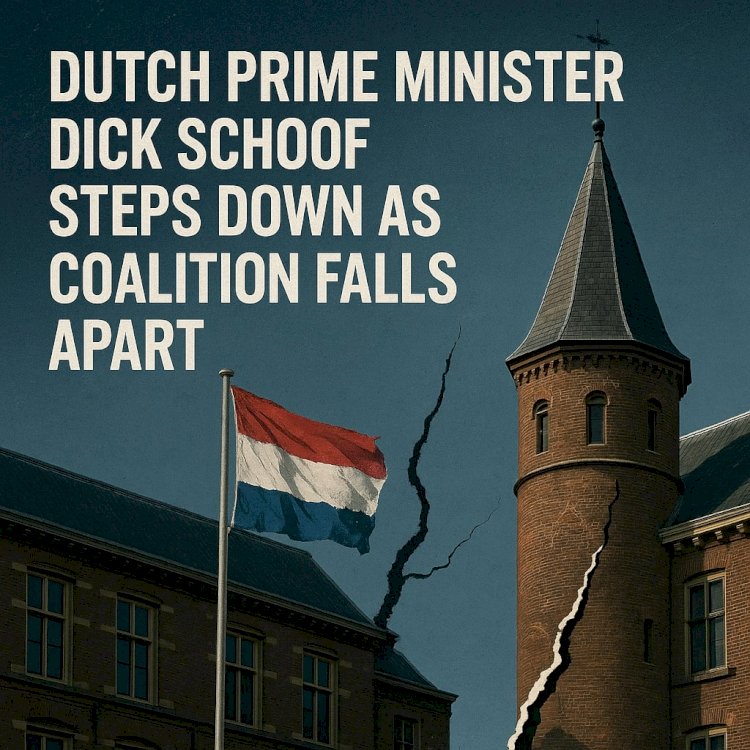Dutch Prime Minister Dick Schoof Steps Down as Coalition Falls Apart

On June 3, 2025, the Netherlands was rocked by political upheaval as Prime Minister Dick Schoof officially resigned after the far-right Party for Freedom (PVV) pulled out of the governing coalition. This unexpected move has left the country facing early elections and significant political uncertainty.
Far-Right Party Withdraws Over Immigration Disagreements
The coalition collapse was triggered when PVV leader Geert Wilders decided to exit the government, citing irreconcilable differences over immigration policy. Wilders demanded stricter measures, including tighter border controls and the deportation of dual nationals, which coalition partners refused to endorse. His departure forced Schoof to step down, marking the end of the current government.
Caretaker Government to Manage Transition
Having submitted his resignation to King Willem-Alexander, Prime Minister Schoof will remain in office temporarily to oversee government affairs until elections are conducted. These elections are expected to take place in late autumn, with the remaining coalition members—VVD, NSC, and BBB—holding the reins in the interim.
Election Outlook: A Test for Dutch Politics
With the collapse of the coalition, the Netherlands prepares for snap elections that could reshape the political landscape. Geert Wilders and the PVV remain influential, though recent polls suggest their support may be waning. The election outcome will be closely watched domestically and internationally, especially as the Netherlands is scheduled to host the NATO summit later this year.
A Defining Moment for the Netherlands
Prime Minister Schoof’s resignation signals a critical juncture for Dutch politics. The deep divisions exposed by the coalition’s breakdown highlight ongoing tensions around immigration and governance. As the country braces for early elections, the decisions made will have lasting implications for the nation’s future direction and stability.

 content-team
content-team 


















